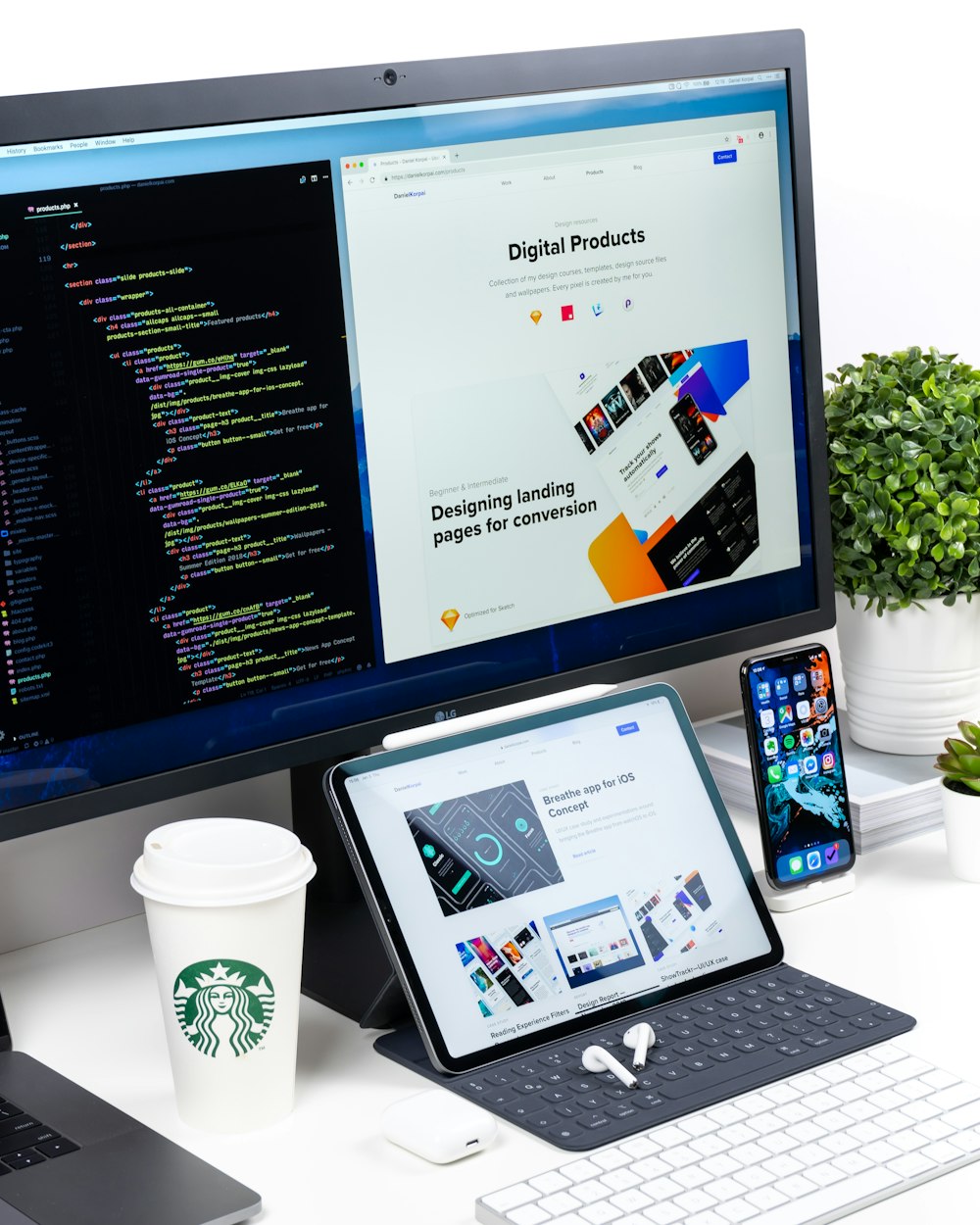“`html
Is Web Design Freelancing Still a Viable Career in 2026?
The digital landscape is evolving at breakneck speed, and web design freelancing is no exception. With AI tools, no-code platforms, and shifting client expectations, the freelance web design industry is undergoing a massive transformation. But does this mean opportunities are shrinking—or expanding? In this ultimate guide, we’ll explore everything you need to know about thriving as a web design freelancer in 2026, from mastering cutting-edge tools to pricing strategies that maximize your income.
📚 Table of Contents
- ✅ The State of Freelance Web Design in 2026
- ✅ Essential Skills for Modern Web Design Freelancers
- ✅ Where and How to Find High-Paying Clients
- ✅ Smart Pricing Strategies for Maximum Profit
- ✅ How AI is Changing Web Design Freelancing
- ✅ Building a Portfolio That Wins Clients in 2026
- ✅ Legal and Financial Considerations for Freelancers
- ✅ Conclusion
The State of Freelance Web Design in 2026
The freelance web design market in 2026 is more competitive than ever, but also more lucrative for those who adapt. With businesses prioritizing digital presence post-pandemic, demand for skilled designers remains high. However, clients now expect more than just aesthetics—they want performance-optimized, SEO-friendly, and conversion-driven websites. Platforms like Fiverr and Upwork are saturated with low-cost providers, but premium freelancers who specialize in UX/UI, accessibility, and AI-integrated designs are commanding top dollar.
Essential Skills for Modern Web Design Freelancers
To stand out in 2026, freelancers must go beyond basic HTML and CSS. Proficiency in responsive design frameworks like Tailwind CSS, knowledge of Web Components, and expertise in Core Web Vitals optimization are now baseline requirements. Additionally, understanding AI-assisted design tools such as Figma’s AI plugins or Adobe Firefly can drastically improve workflow efficiency. Soft skills like client communication, project management (using tools like Notion or ClickUp), and basic SEO knowledge are equally critical.
Where and How to Find High-Paying Clients
Gone are the days of relying solely on freelance marketplaces. In 2026, successful web designers are leveraging LinkedIn outreach, niche-specific job boards (e.g., We Work Remotely for tech startups), and even TikTok/Instagram to showcase their work. Cold emailing with personalized portfolio links (using tools like Carrd or Webflow) has a 40% higher response rate than generic pitches. Another untapped strategy? Partnering with SaaS companies as their go-to designer for client projects.
Smart Pricing Strategies for Maximum Profit
Hourly rates are becoming obsolete—value-based pricing is king. For example, charging $3,000 for a website that increases a client’s conversions by 20% is far more justifiable than billing $50/hour. Retainer models (e.g., $1,500/month for ongoing design updates) ensure steady income. Always include scalability clauses in contracts; if a client’s traffic doubles, your maintenance fees should adjust accordingly.
How AI is Changing Web Design Freelancing
AI isn’t replacing designers—it’s augmenting them. Tools like ChatGPT for generating UX copy, MidJourney for mood board inspiration, and Wix’s AI Site Generator are reducing grunt work. However, clients still crave human creativity for brand storytelling. The most successful freelancers in 2026 use AI to handle repetitive tasks (e.g., auto-generating alt text for images) while focusing on strategic design decisions.
Building a Portfolio That Wins Clients in 2026
Your portfolio should be a case study hub, not just a gallery. For each project, highlight the problem (e.g., “Client’s bounce rate was 75%”), your solution (“Redesigned navigation based on heatmap analysis”), and the outcome (“Bounce rate dropped to 35% in 3 months”). Include video testimonials and interactive prototypes (using Framer or Protopie) to showcase your technical depth.
Legal and Financial Considerations for Freelancers
Always use contracts—platforms like HelloSign or PandaDoc offer freelancer-friendly templates. Specify revision limits, payment milestones, and intellectual property transfer terms. For finances, tools like QuickBooks Self-Employed automate tax estimates, while setting aside 30% of income for taxes prevents year-end surprises. Consider forming an LLC for liability protection and tax benefits.
Conclusion
Web design freelancing in 2026 is not just alive—it’s thriving for those willing to evolve. By mastering in-demand skills, leveraging AI wisely, and adopting client-centric business practices, you can build a freelance career that’s both profitable and future-proof. The key? Stay adaptable, keep learning, and always deliver exceptional value.
💡 Click here for new business ideas
“`


Leave a Reply